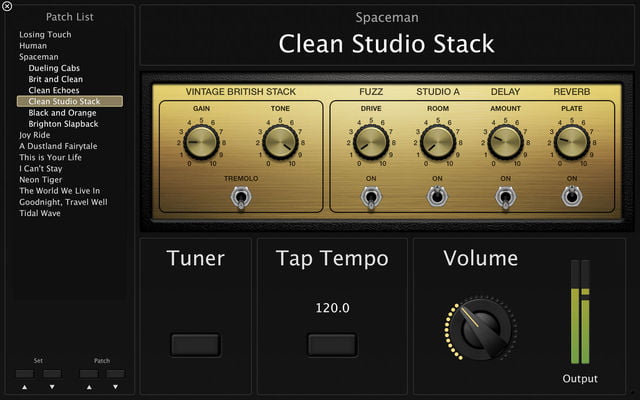Back in 2017, Razer released an Android gaming phone emphasizing gaming specs, along with a high-speed 120Hz LCD. In October 2018, the organization launched a refreshed model with an up-to-date SoC and additional enhancements. Now, however, it looks as if the employer is finished with phones.

Over the weekend, Razer announced it was shutting down its gaming store. Then, Droid-Life acquired a tip that the firm had truly shuttered its mobile division altogether. When that site reached out for confirmation on whether or not Razer changed into exceptionally executed with the cell, the business enterprise answered:
In our cellular department, a few groups of workers have been let go, and others have been reassigned to different new initiatives. We see first-rate possibilities in the cell gaming space that we created with the Razer Phone and will continue to invest in this category through a mixture of hardware and software initiatives. We are running on new interesting cell initiatives and could proportion the information when we’re prepared. The Razer Phone 2 will continue to be on sale, and we are devoted to assisting it with today’s updates and features.
The web page suggests that Razer has stored a few personnel around to work on Razer 2 software program updates, but that it may have permitted about 30 personnel to cross. Following the closure of its recreation store, this suggests that the future isn’t bright for Razer gaming hardware.
Why Android Has No Game
The head above isn’t literal — cell gaming is enormous. As a revenue generator, cellular gaming dwarfs each console and PC gaming. Despite this fact, no person has ever managed to construct a hit push around a gaming-centric phone.
I suspect the purpose of this has more to do with the hugely extraordinary nature of the telephone environment than whatever else. In the PC market, gaming has constantly been a top-class experience. Even in the mid-Eighties, long before the arrival of 3-D acceleration, your gaming experience was tied to the quality of your video adapter, the speed of your CPU, and whether or not your computer had an uncompromising drive to install video games on.
This positioning has remained remarkably steady over time. Gaming serves as the breakpoint between the mainstream marketplace and the performance space. A high-end gaming rig isn’t automatically the same as an excessive-stop pc — the latter would possibly opt for higher CPU counts and less GPU electricity, depending on the workload — but a high-end gaming rig will genuinely run computer tasks way better than any non-gaming rig would. Gaming has usually straddled the gap between low-cost client hardware and high-end, pricey workstations.
Critically, nothing like this gap exists in cellular. Are there cell devices that are extra or less effective? Absolutely. But the midrange cellphone marketplace within the United States has never been mainly large; monthly charge plans and contract agreements have always made high-end handsets cheap to a far larger portion of the telephone population than ever owned an equal high-end PC.
Apple’s share of the telephone marketplace within the United States is symbolic of the difference — within the PC space, Apple has 12. Five percent of the market, as proven above. The iPhone, in the meantime, holds 39 percent of the United States market.
Unlike in PCs, there’s no separate line of gaming chips that you should buy, and no Snapdragon or iPhone parts are mainly supposed to be used for that reason. In PCs, gaming drives (or drives) sales of countless peripherals, from sound playing cards, better speakers, and better-quit shows to headsets, webcams, and high-stop seize cards for streaming. There is no equivalent upsell or high-end peripheral equivalent for the phone marketplace. Every corporation that has attempted to create one of these spaces has failed to pull it off. Even Nvidia has not been able to transform its PC gaming credentials into a rich line of Android gaming products, despite more than one try to accomplish that and excellent reviews for its various Shield systems.
In this light, Razer’s failed attempt to create an ecosystem around its phone isn’t sudden. It’s nownot clear thatt one of these marketplaces should exist in cellular, where the products, pricing, expectations, and possibilities to convert gaming right into a top-rate experience are so massively different compared with the PC or console spaces. For better or worse, the same strategies don’t work.













